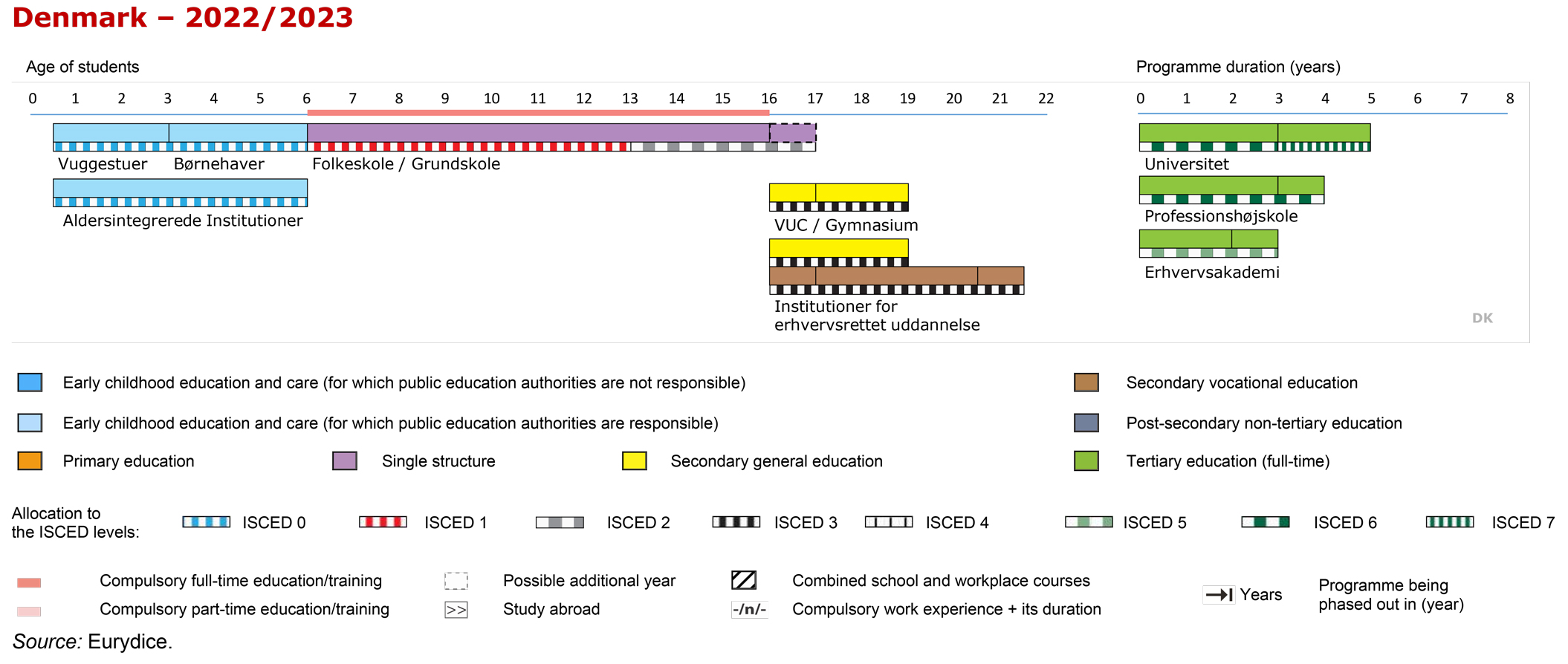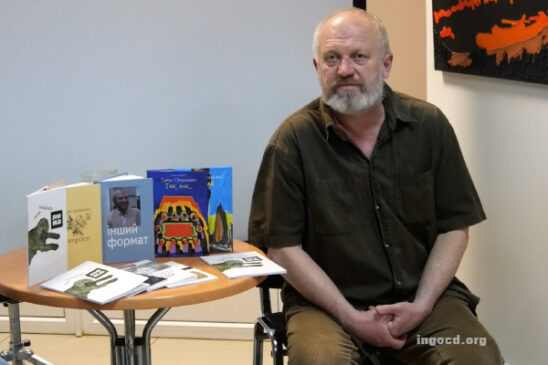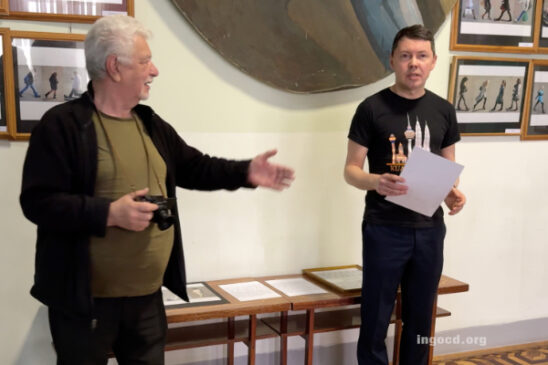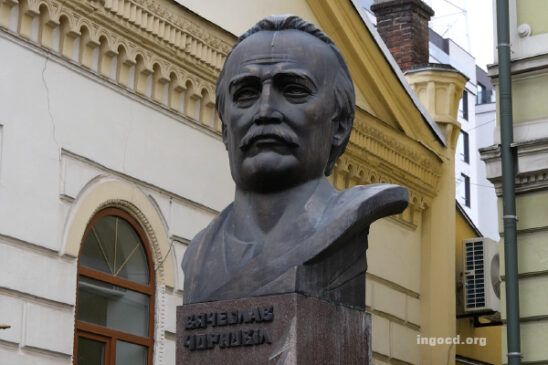Denmark

Key features of the Education System
Principles for education in Denmark and key features of the Danish education system include:
*Equal and free access to education for all: The Danish education system aims to ensure that all people acquire knowledge and competencies that qualify them to take an active part in society and contribute to its further development. Education is open to all and generally tuition-free;
*Compulsory education: Education is compulsory for ten years and consists of one pre-school year (form level 0) and nine schools years (form level 1-9);
*High standards: The quality of Danish education is assured in many ways. All public educational institutions are approved and evaluated on an ongoing basis;
*Relevance: Danish educational institutions must provide their students with knowledge and competencies for them to use in future careers and life in general. Accordingly, institutions seek to ensure that education programmes are of relevance to society and oriented towards meeting the needs of the labour market;
*Lifelong learning: In Denmark, there is a tradition of taking part in education through all phases of life. Lifelong learning is supported and promoted through initiatives in the lifelong learning strategy;
*Active participation: Treating pupils and students as independent individuals with a right to form their own opinion and a duty to participate actively in discussions is a matter of course in Danish education. This also prepares students to become active and democratically minded individuals who are engaged in society;
*Project work: In addition to attending classes, pupils and students carry out project work at all levels of the education system;
*Academic freedom and autonomy: Higher education institutions have a long tradition of academic freedom and autonomy. The Ministry of *Higher Education and Science lay down the overall regulations for all higher education institutions, while the individual institutions draw up and update their study programmes, indicating the aims, scope and duration, form and content of the courses.
Stages of the Education System
The Danish education system consists of an ordinary education system and a parallel education system for adult education and continuing training.
The ordinary education system consists of early childhood education and care, integrated primary and lower secondary education, general and vocational upper secondary education and higher education.
Early childhood education and care (ECEC) (ISCED 010-020)
The Danish ECEC system consists of day care centres that can be established as:
*Age-integrated institutions for children up to age six (Aldersintegrerede institutioner);
*Separate settings consisting of nurseries (Vuggestuer) for children under the age of three and kindergartens (Børnehaver) for children over the age of three.
In addition, there is a system of regulated day care in private homes.
Primary and lower secondary education (ISCED 1-2)
The Danish public school (Folkeskole/Grundskole) is an integrated municipal school covering primary and lower secondary education. It consists of:
*One year of pre-school (form level 0);
*Nine years of primary and lower secondary education (form level 1-9);
*A one-year optional tenth form.
Education is compulsory for ten years starting from the year the child turns six.
Alternatives to the public primary and lower secondary school include private schools, private independent schools and continuation schools (form level 8-10).
Upper secondary education (ISCED 3)
Upper secondary education programmes are divided into:
*General upper secondary education programmes;
*Vocational upper secondary education and training programmes.
General upper secondary education programmes take place at several institutions:
*The three-year Higher General Examination Programme (STX) takes place at upper secondary schools (Gymnasium);
*The three-year Higher Commercial Examination Programme (HHX) takes place at business colleges (Handelsgymnasium);
*The three-year Technical Examination Programme (HTX) takes place at technical colleges (Teknisk Gymnasium);
*The two-year Higher Preparatory Examination Programme (hf) takes place at upper secondary schools (Gymnasium) or adult education centres (VUC).
The STX, HHX and HTX are for students aged 16-19, whereas hf attracts both young people and adults.
Vocational education and training (VET) programmes are combination programmes in which theoretical and practical education alternates with practical training in an approved business or organisation. The VET programmes take place at vocational colleges (Institutioner for erhvervsrettet uddannelse).
Students can begin a VET programme when they have completed their primary and lower secondary education. That is when the student is 16 years old. Generally, the duration of the VET programme does not exceed four years and six months.
Primarily, general upper secondary education qualifies for further studies at higher educational level and vocational upper secondary education qualifies for the labour market.
Higher education (ISCED 5-7)
Higher education takes place at different educational institutions:
*Business academies (Erhvervsakademi) offer short-cycle programmes;
*Maritime education and training institutions offer professionally oriented vocational upper secondary education programmes, short cycle and first cycle degree programmes;
*University colleges (Professionshøjskole) offer medium-cycle programmes;
*Universities (Universitet) and higher education institutions within the fine arts offer long-cycle programmes.
Structure of the Danish Education System
Useful links
The following links may be useful when seeking further information on the Danish education system:
- The website of the Ministry of Children and Education for further information on early childhood education and care, primary and lower secondary education, general and vocational upper secondary education, and adult education and continuing training;
- The website of the Ministry of Higher Education and Science for further information on higher education, grants and loans;
- The website of OECD Education GPS for an overview of the Danish education system and figures about education in Denmark;
- The Education Guide for information on education programmes, adult education and continuing training as well as job and labour market conditions in Denmark;
- Study in Denmark for information on how to apply to a Danish institution of higher education, tuition fees and scholarships as well as information on living in Denmark, including information on visa, residence permits, accommodation, transport etc.
Common European Reference Tools Provided by the Eurydice Network
- National Student Fee and Support Systems
- Organisation of the Academic Year in Higher Education
- Organisation of School Time in Europe (Primary and general secondary education)
- Recommended Annual Instruction Time in Full-Time Compulsory Education in Europe (Presented by grades/stages for full time compulsory education as well as by subject and country.)
- Teachers and School Heads Salaries and Allowances in Europe (Salaries and allowances of teachers and school heads at pre-primary, primary, lower secondary and upper secondary education levels.)
Source: https://eurydice.eacea.ec.europa.eu/national-education-systems/denmark/overview
Follow us on social media: Facebook, Twitter, Instagram, YouTube.









